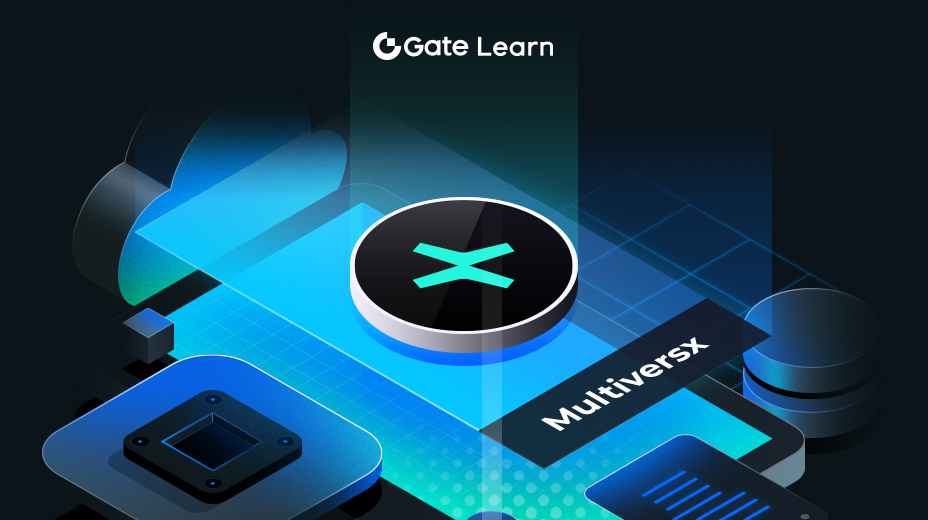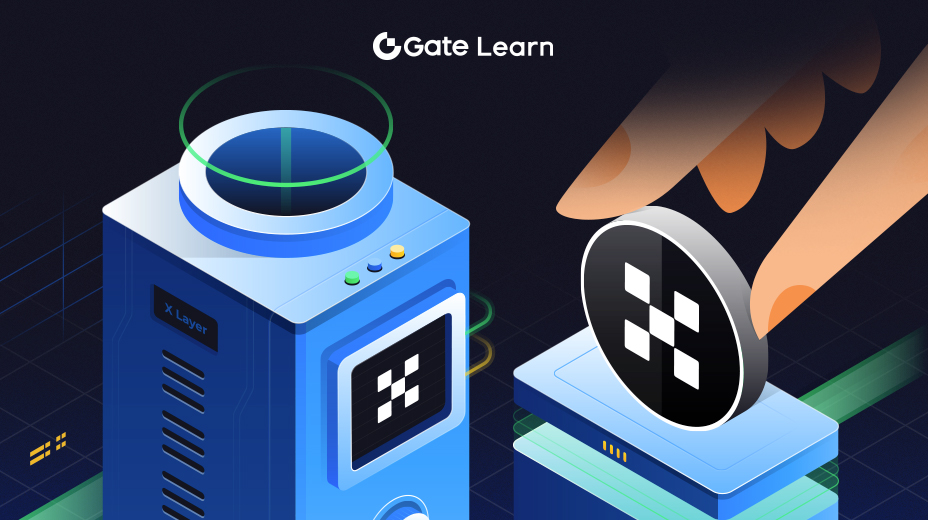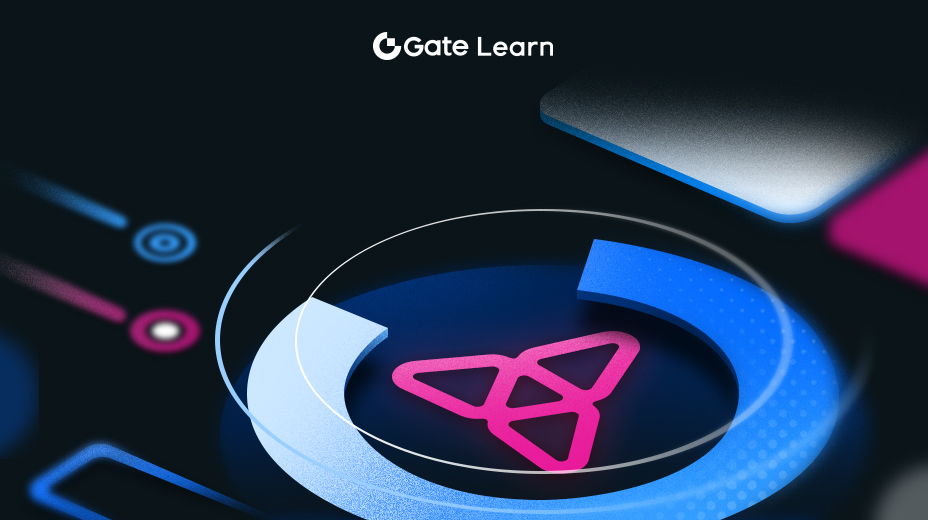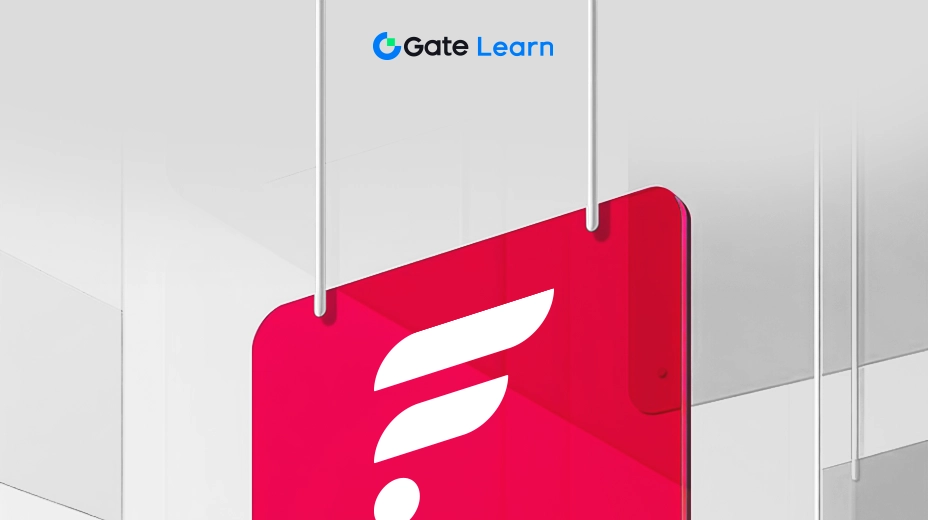Interlay 的生态系统与产品
在本节中,我们将深入探讨 Interlay 的广泛生态系统,包括其 dApps、合作伙伴关系和集成方式。我们将讨论 Interlay 如何与 Moonbeam、HydraDX 和 Acala 等项目合作,以扩展其实用性和用户采纳度。此外,本节还将重点介绍生态系统的旗舰产品,如 interBTC 和 Kintsugi,以及它们在多链 DeFi 环境中增强流动性、交易和用户参与方面的作用。
生态系统概述

Interlay 的生态系统是一个充满活力且互联的网络,旨在弥合比特币与去中心化金融(DeFi)之间的鸿沟。这不仅仅是一个单一的区块链或应用,而是一个多层次、多链的基础设施,将比特币融入快速扩展的去中心化金融服务世界中。通过结合先进技术、包容性社区以及不断增长的产品套件,Interlay 创建了一个支持多样化用例的生态系统,同时坚持去中心化、无需信任和安全性的核心原则。
interBTC (iBTC)
interBTC (iBTC) 是一款革命性的产品,重新定义了比特币在去中心化金融(DeFi)领域中的运作方式。作为一种 1:1 锚定比特币的资产,iBTC 弥合了比特币无与伦比的安全性与可编程区块链无限可能性之间的鸿沟。iBTC 代表比特币在其他区块链上的存在,同时保持与原生比特币 1:1 的锚定。这种锚定不依赖中心化托管方,而是通过一个无需信任的去中心化桥梁来保障。用户将其比特币锁定在由去中心化运营者网络管理的金库中,从而确保了透明性与安全性。
与比特币原生区块链仅支持简单交易的限制不同,iBTC 可以在多个区块链(如 Polkadot、Ethereum 和 Cosmos)上运行。这种互操作性确保比特币持有者能够接触 DeFi 生态系统中的最佳机会。本质上,iBTC 不仅仅是一种代币,而是一种变革性工具,使比特币持有者能够在不牺牲安全性或去中心化的前提下,全面参与不断发展的去中心化金融世界。
Kintsugi (kBTC)
虽然 interBTC 是 Interlay 的旗舰产品,但 Kintsugi (kBTC) 则作为其实验性前沿产品。Kintsugi 运行在 Kusama 网络上,该网络常被称为 Polkadot 的“金丝雀网络”,为新功能和新想法的测试提供了一个试验场,在将其部署到 interBTC 主网上之前进行充分验证。
区块链领域快速发展且高度实验性,但在主网上推出未经测试的功能可能带来风险。Kintsugi 通过提供一个低风险环境解决了这一问题,使开发者能够在不危及用户资产或网络稳定性的情况下突破创新边界。
与 iBTC 类似,kBTC 是一种以比特币为支持的资产,专为 Kusama 的高风险、高回报生态系统设计。它不仅让用户能够探索 DeFi 机会,还为开发者提供关于新功能的可用性和可靠性的宝贵反馈。
KINT
KINT 是 Kintsugi 的原生实用代币,而 Kintsugi 是 Interlay 在 Kusama 上的金丝雀网络。作为 Interlay 主网功能和创新部署前的测试场,Kintsugi 提供了一个实验性平台。在这一背景下,KINT 在驱动 Kintsugi 生态系统的运营、治理和激励中起着关键作用。 KINT 的分配如下:

去中心化应用 (dApps)
去中心化应用(dApps)是 Interlay 生态系统中面向用户的核心部分,为与其基础设施交互提供了简便的界面。dApps 简化了复杂的区块链操作,使用户能够在无需深入技术知识的情况下,将比特币用于 DeFi 活动。
这些应用鼓励用户参与和提供流动性,从而推动生态系统的扩展,并加速 iBTC 在多条区块链上的采用。Interlay 生态系统的成功在很大程度上依赖于其 dApps 的高效性与易用性,这些应用作为用户与 Interlay 技术基础设施之间的重要桥梁发挥着关键作用。
借贷类 dApps
借贷应用为比特币持有者提供了通过资产赚取被动收入或获得流动性而无需出售资产的机会。
去中心化交易所 (DEXs)
Interlay 与去中心化交易所(DEXs)集成,以支持 iBTC 和其他资产的无需信任交易。这些 dApps 为用户提供了无需依赖中心化中介的代币交换市场。
收益农场与质押类 dApps
收益农场和质押 dApps 鼓励用户为网络提供流动性和安全保障,通过奖励机制激励其参与。
跨链应用
跨链 dApps 是 Interlay 生态系统的亮点之一,充分利用其互操作性,实现与多个区块链的交互。这显著扩展了用户和开发者的操作空间。
合作伙伴关系与集成
合作伙伴关系与集成是 Interlay 生态系统的重要组成部分,帮助平台实现其愿景——将比特币与多链去中心化金融(DeFi)连接起来。通过与领先的项目、协议和社区合作,Interlay 扩大了自身影响力,增强了旗舰产品 interBTC(iBTC)的实用性。这些合作将比特币无缝融入各种 DeFi 生态系统,推动创新并加速用户采纳。
Moonbeam
Moonbeam 是一个 Polkadot 平行链,为以太坊生态系统提供桥梁。通过与 Interlay 的集成,iBTC 可在 Polkadot 和以太坊网络之间无缝运行。Moonbeam 与以太坊兼容的 dApps 使 iBTC 能够用于熟悉的 DeFi 应用中,用户可在 Polkadot 和以太坊生态系统之间转移 iBTC,从而解锁多链 DeFi 的机会。这一合作加强了 Interlay 的互操作性,并巩固了其作为多链解决方案的地位。
HydraDX
HydraDX 是一个基于 Polkadot 的去中心化流动性协议,专注于高效资产交易。通过与 HydraDX 的合作,Interlay 为 iBTC 带来了更高的流动性和交易效率。HydraDX 的单一流动性池结构简化了交易,并减少了 iBTC 交易中的滑点。Interlay 受益于 HydraDX 的多链流动性,确保 iBTC 在各网络之间保持可访问性和流动性。这一合作提升了 iBTC 持有者的交易体验,使其在 DeFi 活动中更具吸引力。
Acala
Acala 是另一个重要合作伙伴,是一个专注于 DeFi 的 Polkadot 平行链。Acala 平台支持多种金融产品,包括稳定币、借贷和质押。iBTC 可作为抵押品铸造 Acala 的稳定币 aUSD,为比特币持有者提供更多的金融灵活性。Acala 的 DeFi 工具套件(包括其去中心化交易所和流动性池)进一步扩大了 iBTC 的实用性。这一合作体现了 Interlay 为比特币持有者提供全面金融服务的承诺。
社区与开发者合作
Interlay 的合作不仅限于区块链网络和 DeFi 协议,还包括开发者社区和生态系统参与者。这些协作推动了创新,并确保 Interlay 生态系统的持续发展。
开发者资助与激励
Interlay 为开发者提供资助和激励,支持他们构建与生态系统集成的 dApps 和工具。这些计划鼓励开发新用例,扩展 iBTC 的功能性,并提升平台的整体价值。
黑客松与社区活动
定期举办的黑客松和社区活动将开发者聚集在一起,共同探索 Interlay 基础设施的可能性。这些活动不仅提升了社区参与度,还展示了 iBTC 在各种应用场景中的潜力。





